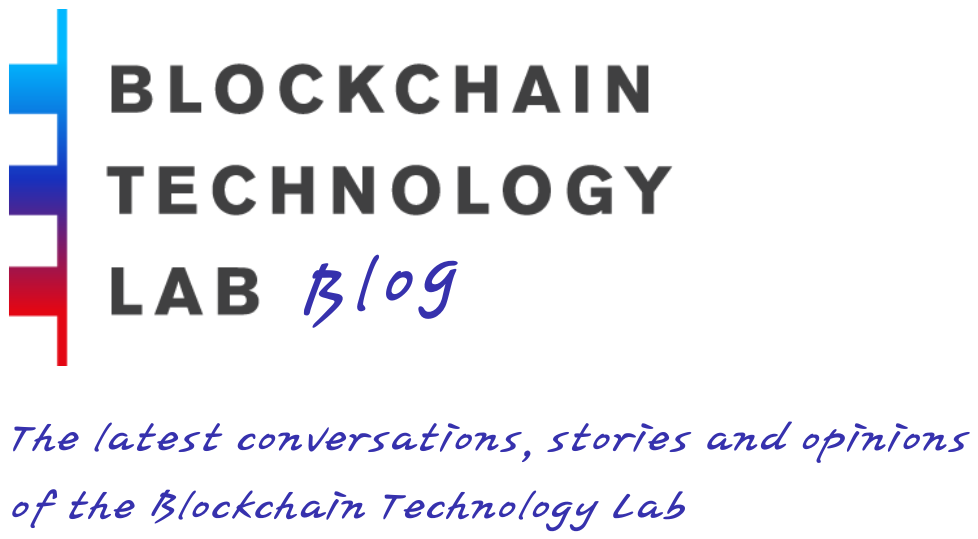The EDI team is officially launching today the alpha version of the index. The EDI is not a number or a graph! It is a framework, set of tools and graphical interface for the blockchain community to collaboratively and transparently measure and compare the decentralisation of different blockchain systems. Ultimately, we want EDI to become an open-source community-maintained project.
EDI works as follows. Each blockchain system is dissected into 8 layers. In each layer, we identify the resources of interest and the relevant parties, as laid out in our systematization of knowledge paper that appeared in Financial Cryptography and Data Security conference in 2024.
The EDI software for each layer applies the following cascade of algorithms: (i) the parser, which extracts raw data from a full node, (ii) the mapping, which introduces labelling to the data regarding resource ownership, (iii) the aggregator, which organises the data in a time series, and (iv) various metrics, that interpret the data numerically and graphically.
Each one of the above algorithms is critical to the operation of EDI. The parser standardises the raw information available from the full node. The mapping links the relevant actions and resources of protocol participants at that layer so that they can be correctly attributed to the independent entities active in the system. The aggregator lays out the distribution of resources over the time domain. Finally, the metrics measure decentralisation and enable it to be presented graphically.
EDI is designed as a framework for open-source development by the community. Of the constituent algorithms, the mapping is the one of outmost importance from the perspective of community contributions and support. Blockchain systems are designed to be pseudonymous allowing the participants to sample keys and relevant protocol metadata without categorically identifying or linking their contributions during the protocol execution. In this way, when a participant performs two different actions, it is possible to misinterpret those actions as originating from two independent participants. The mapping algorithm disambiguates this by linking actions together labelling them correctly as emanating from the same entity. To achieve this, a mapping algorithm can use various methodologies based on external sources of information as well as secondary protocol metadata and artifacts that suggest a common origin or ownership for the resources held by the participants in each layer. In this way, the mapping algorithm is a forensics tool that attempts to attribute all resources of interest to their rightful owners.
Given the nature of the mapping algorithm, any attempt to realise it is bound to have some degree of imperfection: only a completely permissioned system can accommodate a perfect mapping algorithm! For a permissionless system, there can be many different mapping algorithms using different methodologies with each one exhibiting different degrees of divergence from the ground truth. To tackle this problem the EDI approach is two-pronged.
First, we invite the wider community to contribute to the development of good mapping algorithms for various blockchain systems. Our open source framework provides a public space for deliberation and contributory work for building the algorithms for each layer so that they are demonstrably accurate (see below for how to contribute!). Our alpha release incorporates our initial approach on performing these mappings for the blockchains covered and we hope by releasing the software we will motivate community contributions that can improve the mappings in this release. Second, we are in the process of engaging with prospective industry partners that perform chain analytics and can integrate – even in closed source – their forensic tools with the EDI. This two-pronged approach gives more power and choice to the EDI end-user who will be able to select whether to present decentralisation metrics using strictly the publicly verified open-source community developed algorithmic stack or incorporate closed source tools that potentially can improve accuracy further.
Much like the mapping is a work in progress, we are also working to refine the metrics aspect of EDI. At present, we display the most commonly used metrics in prior work and allow users to focus on the metrics of interest. However, we are aware that different metrics paint very different stories. For instance, the Nakamoto Coefficient, by definition, ignores the bottom half of the distribution, meanwhile the Gini Coefficient is highly sensitive to the number of participants. With time, we would like the community to begin to coalesce around a handful of metrics, potentially one metric per layer (e.g. depending on the system, Gini might be more suitable for the tokenomics layer than it is for the consensus layer). As with the rest of the EDI project, research is ongoing regarding how to make this selection, how to combine metrics or even how to design new metrics altogether.
Our alpha release includes a dashboard that focuses on the consensus layer. The tokenomics layer will be incorporated next. For this alpha release, we have primary raw data only from Bitcoin as we run a full node in-house, while we utilise Google’s BigQuery public database for an additional set of systems, namely Bitcoin Cash, Cardano, Ethereum, Litecoin, Tezos, and Zcash (availability in BigQuery also restricts our choice of systems in this alpha release – in collaboration with the EIDF we are currently in the process of spinning out more full nodes that will be our independent sources of raw data when we reach our beta release). We invite the community to contribute with a particular focus on mappings for the blockchains presented as well as for any algorithm in our open-source stack. If you want to contribute, check the documentation section of the dashboard or, for the consensus layer specifically, follow this link for more information.
This alpha-release is a major milestone for our team. While the EDI dashboard is still at its nascent stage, a significant amount of work and thinking has been invested to ensure that it has strong foundations and its framework can serve our colleagues in the extended blockchain community to converge on the most appropriate methodology for each layer and each system. If you read this far, we hope you will join us in this journey and develop and maintain together the software that will enable us to measure the decentralisation of blockchain systems in a comprehensive and inclusive manner.
by Prof. Aggelos Kiayias
Posted 6 March, 2024



